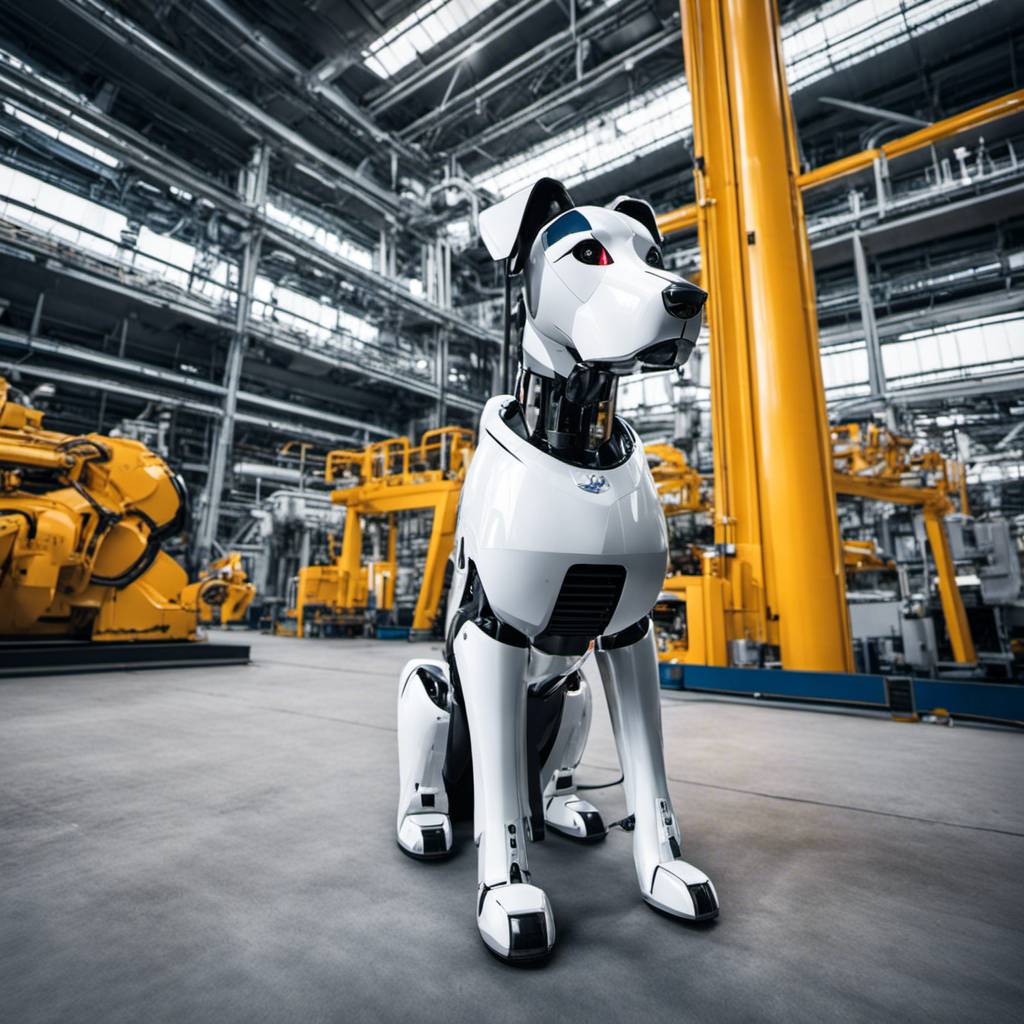In a ground-breaking move towards enhancing safety measures, a robotic canine, known as Sparky, is set to perform safety inspections at the UK’s largest renewable power station. This innovative approach marks a significant leap in the use of technology, particularly in electronics and computers, to ensure the safety of power station employees.
The robotic dog, hailing from the Spot lineage of robodogs developed by US-based Boston Dynamics, is equipped with a camera to facilitate equipment inspections at Drax, situated near Selby in North Yorkshire. The deployment of Sparky will not only enhance the quality of data collected but also significantly reduce the risk of human exposure to potential hazards.
This bright-yellow robot dog has been programmed to navigate tailored routes throughout the site, enabling it to function autonomously. This autonomous operation will further reduce the need for human intervention in potentially dangerous areas of the power station.
The advent of Sparky represents a significant shift in the approach to safety management at power stations. The use of such advanced technology allows for a more detailed and accurate collection of data regarding the equipment. This not only aids in maintaining the safety standards but also contributes to improving the overall efficiency of the power station.
The camera installed on Sparky is not just an ordinary one; it has the ability to zoom in on equipment for close inspections. Moreover, its thermal infrared camera can detect any hot spots or thermal anomalies on machinery. This feature can be instrumental in preventing faults before they occur, rather than merely repairing them post-occurrence.
The incorporation of such advanced technology into safety measures is not just about enhancing efficiency; it’s about prioritising human safety. The use of Sparky to carry out potentially hazardous tasks keeps colleagues out of harm’s way, thereby ensuring their safety.
The use of robodogs like Sparky also reflects the growing importance of programming languages and coding in various industries. The ability to program these robots to follow specific routes and perform complex tasks is a testament to the power and versatility of coding.
In essence, Sparky is not just a robotic dog; it is a symbol of the significant strides being made in the field of technology and its application to enhance safety and efficiency. The use of such technology is set to revolutionise the way safety checks are conducted in power stations and other similar facilities.
While Sparky is currently on patrol at the Drax power station, the success of this initiative could potentially lead to the broader application of such technology in other industries. The use of robotic dogs could become a common sight in places where safety is paramount, and human exposure to potential hazards needs to be minimised.
In conclusion, the deployment of Sparky, the robotic dog, at the UK’s largest renewable power station represents a significant leap in the use of technology to enhance safety measures. This innovative approach not only ensures the safety of employees but also improves the overall efficiency of the power station. As we continue to make advancements in electronics, computers, programming languages, and coding, we can expect to see more such innovations in the near future.
